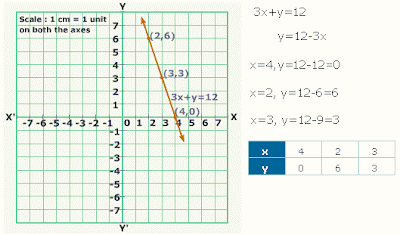In this article we have to discuss about various trigonometric equations. Before this we have to know about trigonometric identities. In mathematics trigonometric identities means which involves trigonometric functions and they show right value for every single variable. In other way we can also say that, geometrically these are the identities which involve some functions with one or more angles. They are also triangle identities which involves angle as well as side length of triangles. These identities are very useful when we solve the trigonometric-equations. One example of these identities is integration by substitution method.
Now we come to trigonometric-equations. An equation means algebraic functions written by using sum and difference formula. Similarly trigonometric-equations also contains algebraic equations but with trigonometric functions of the variables. If they contain only such functions and variables, then in solution we have to find an unknown constant which is an argument to a trigonometric function. Basically there are fundamental forms of trigonometric-equations, they are
1. Sin X=n
2. Cos X=n
3. Tan X=n
4. Cot X=n
5. Cosec X=n
6. Sec X=n
Where (n) is a constant. Now the equation sin X=n, solved only when (n) lies between the interval [-1, 1]. Suppose n comes under the interval then we need angle. After using some identities we can solve the equation. Similarly for cos X=n solved only when (n) lies between [-1, 1]. Next procedure is same. For equation tan X=n and cot X=n, (n) should be any real number. For equations cosec X=n and sec X=n, these equations can be solved by converting in other basic equations such as (cosec x=1/sin x) and (sec x=1/cos x).
Some other basic form of trigonometric-equations is (Asin x+ bcos x=0). To solve trigonometric equations using various relations between the trigonometric functions, we have to convert trigonometric-equations in a form such that value of one of the trigonometric functions of the desired variable can be determined. The roots of these trigonometric functions can be found by using inverse trigonometric functions. For solving trigonometric equations like (Asin x+bcos x=0), we have to convert this equation into basic form of equation and then using various trigonometric identities we can solve the equation. We separate this equation into real part and angle part.
Trigonometric equations solver means a process by which result can be displayed. It can find all the solutions. The result shown first in the form of radians and then in decimal form. They show the results also in form of degrees. By using trigonometric equations solver we can solve equations easily.


